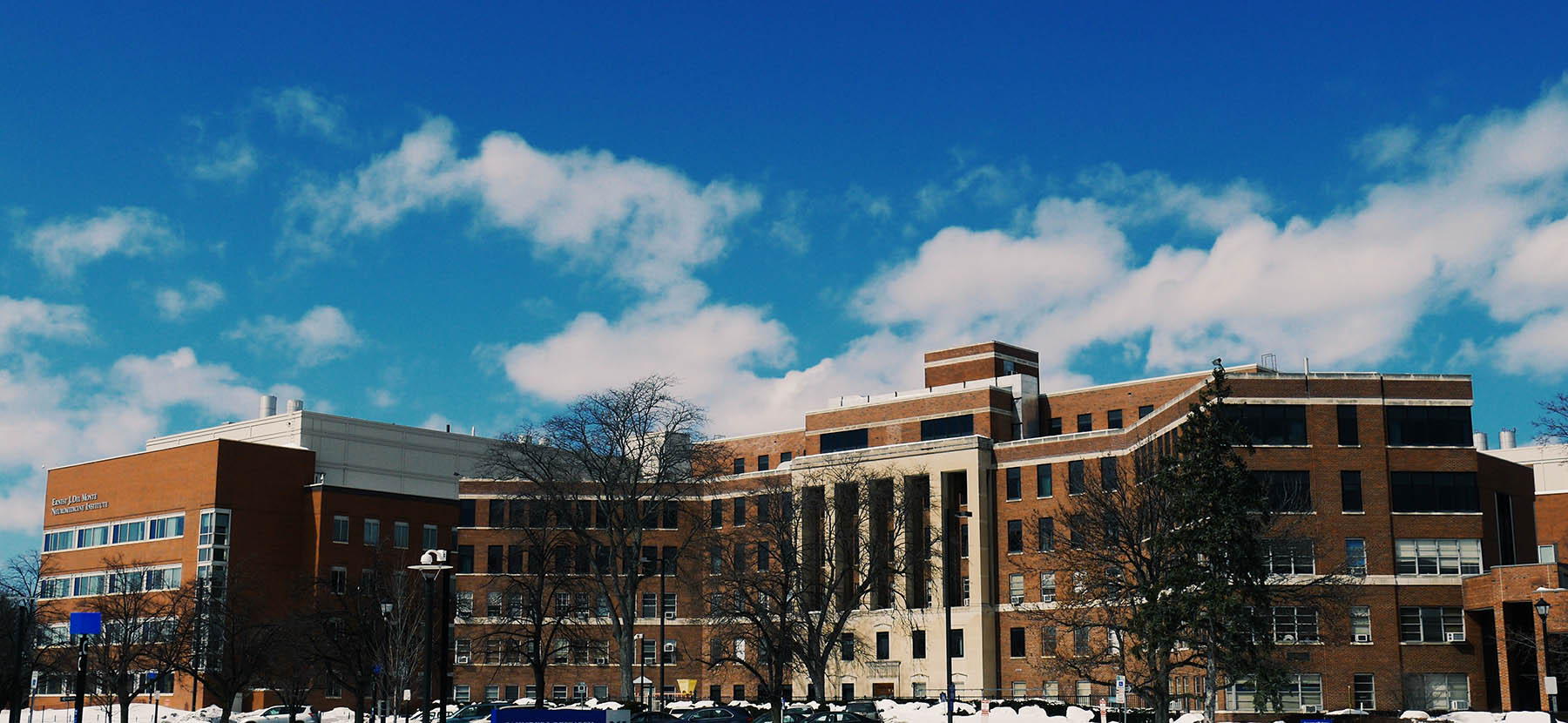The University of Rochester’s Medical Center operates 24-hours a day, seven days a week in a 4,000,000 square foot complex. Facilities Operations is responsible for providing conditioned air for research labs, energy for life-saving medical equipment, and electricity for continuous lighting. This large complex uses a great amount of energy.
High energy use has led the University to pursue energy savings initiatives focusing on improving ventilation, upgrading exhaust systems, changing lighting fixtures, and other energy savings projects. The University of Rochester’s Medical Center Facilities Operations (MCFO) team creates and implements these projects. Some of the projects are ongoing while others have already been completed. According to MCFO Mechanical Project Manager Ken Widanka, ultimately, when MCFO encounters inefficient equipment, it “takes a look at the systems and tries to install smarter [ones].”
The largest energy saving project addressed Kornberg Medical Research Building’s (KMRB) high energy use in its laboratories. Medical Center Facilities Operations partnered with Central Utilities and Environmental Health and Safety (EH&S) to install updated controls that reduce airflow but maintain safe ventilation rates for the laboratory environments. The controls system included new supply and exhaust valve actuators, automatic sash closure mechanisms for fume hoods, room occupancy sensors and fume hood velocity air sensors. This allows the outside air changes per hour to each lab to be reduced and save energy in both occupied and unoccupied conditions. The collaboration resulted in about a 45 percent reduction in the amount of ventilation needed to keep researchers in the KMRB safe. The KMRB Energy Saving Project equates to an annual savings of $381,000 per year.
In a similar project, the MCFO implemented an exhaust system improvement project in the 2100 area near the Green Elevators. Not only did the project bring in more efficient equipment to operate the system, but it also cut the exhaust system energy use by half. As an added improvement, the updates reduced neighborhood noise. The project resulted in a savings of $45,500 per year.
Additionally, data servers were relocated from Strong West data rooms to a central location in the Primary Data Center. This resulted in a savings of $33,600. By maintaining and moving the data servers, MCFO’s efforts freed up space in Strong West Data Rooms and saved funds.
Lighting conversion, from fluorescent to LED, is another MCFO initiative. LED lighting lasts anywhere from eight to twenty years compared to florescent lighting, which lasts about one to two years. Accordingly, depending on the type of fixture, switching from fluorescent to LED lighting generally saves the University 25-30 percent in energy usage. Light fixture conversions in the School of Medicine and Dentistry have produced a savings of $11, 000 per year. In the Saunders Research Building, the current switch from fluorescent to LED lighting will save $6,860 per year. By switching from fluorescent to LED lighting, MCFO initiatives are making Saunders Research Building — a building that is already LEED certified– even more sustainable. In the Medical Center Parking Garage the University is converting high pressure sodium lighting to LED lighting for an estimated savings of $81,000 per year.
Other opportunities for energy cost savings include a Medical Research Building (MRBX) Energy Project which will mirror the KMRB Energy Project. Also up for consideration is an S-Wing Reheat Pump Project, a Levine Pavilion Ventilation Project, a Medical School Exhaust Systems Reductions Project, and more lighting replacement projects. In total, future projects could save the University an additional $291,100 per year. The money saved through energy projects are used toward conducting other University projects. For all projects, payback within three years or less is considered good business practice.
As stated by Facilities Area Manager Bob Hibbard, the University’s priority is “to save energy and reduce our carbon footprint; we look forward to continuing to do more projects.” For any other inquiries about MCFO Energy Savings Projects, please feel free to contact the University of Rochester’s Medical Center Facilities Operations.
Written by Darya Nicol, class of 2016

